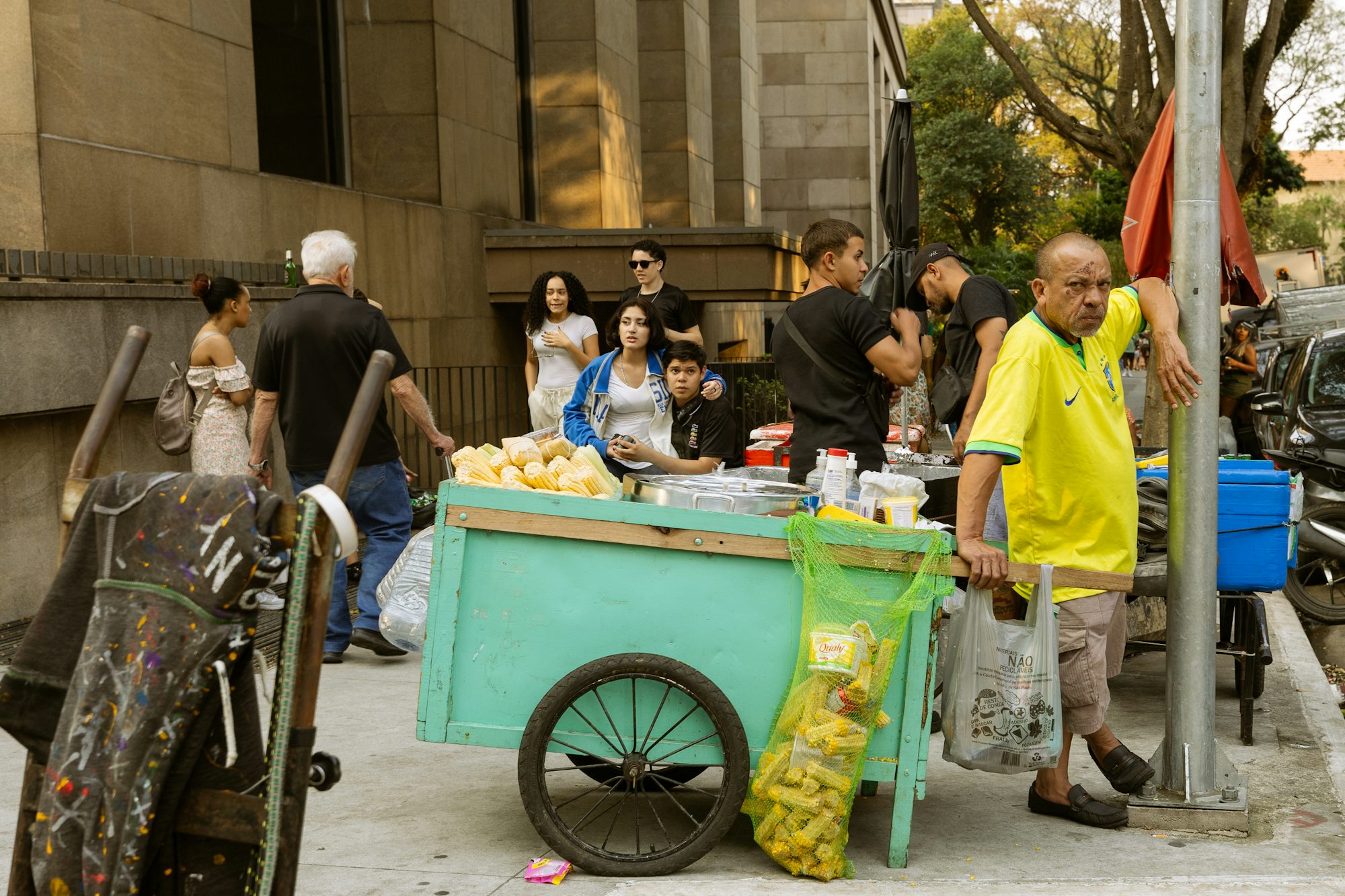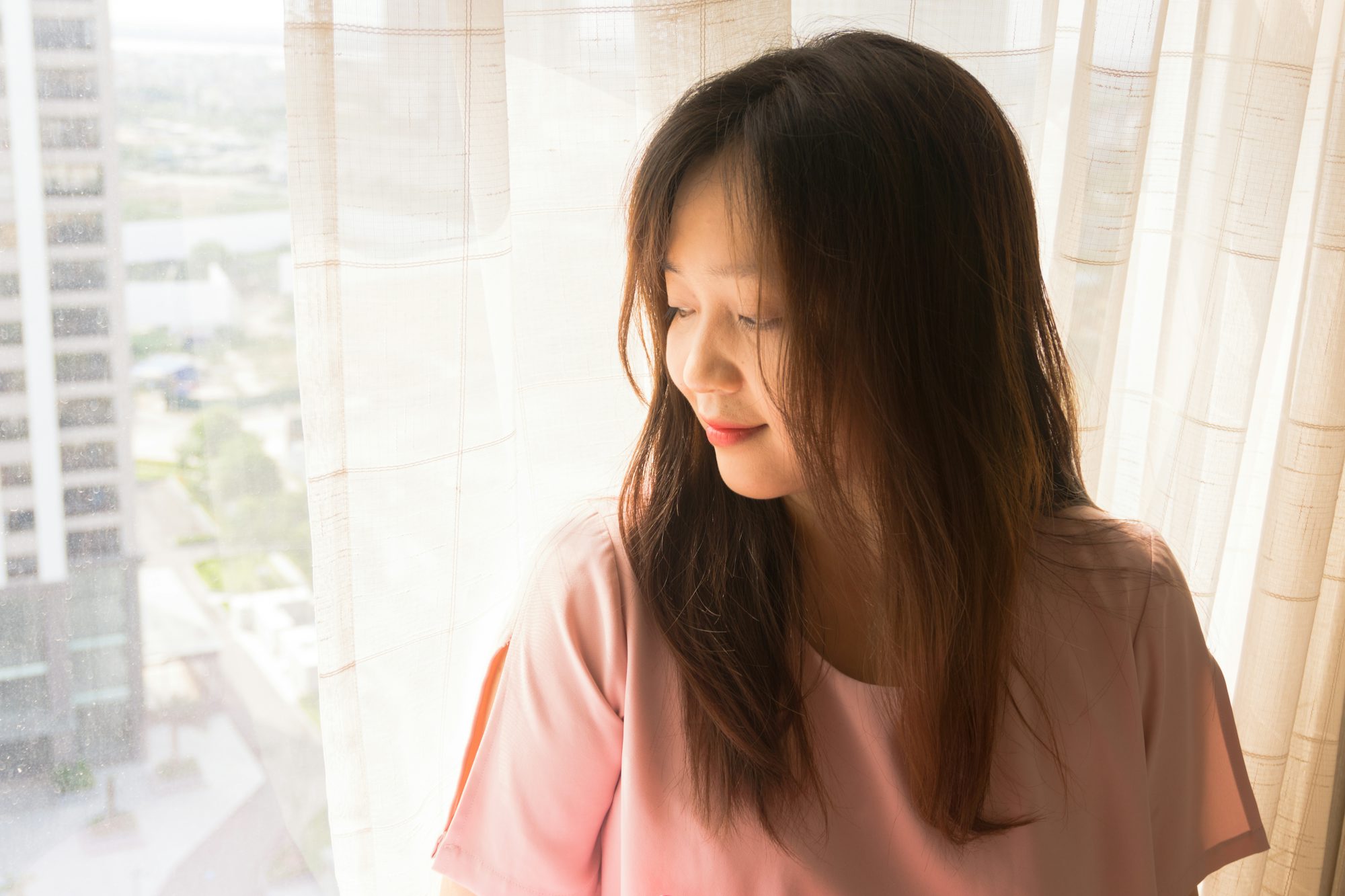The fashion industry is an ever-evolving landscape, and one of the most significant changes in recent years has been the redefinition of masculinity through male modeling. Historically, male models were often portrayed in a narrow spectrum of looks, emphasizing traditional ideals of strength and virility. However, as societal norms shift and the understanding of gender and identity evolves, the role of male models has expanded dramatically, bringing with it a richer, more diverse representation of masculinity.
At the forefront of this transformation are a new generation of male models who are reshaping the industry’s standards. These models not only possess a variety of looks and body types but also challenge the conventional notions of masculinity. They are breaking barriers by embracing vulnerability, self-expression, and authenticity, making significant strides in promoting a more inclusive environment within the fashion world. This change is not merely a trend; it reflects a broader cultural movement toward acceptance and diversity.
Social media has played a pivotal role in this evolution. Platforms like Instagram and TikTok provide male models with the opportunity to connect directly with audiences, allowing them to showcase their individuality and personal styles. This accessibility empowers models to share their stories, breaking down the walls that once separated them from the public. Influencers such as Denzel Dion and Matty Healy have gained prominence not just for their looks but for their engagement with issues surrounding mental health, body image, and identity, fostering a community that values authenticity over perfection.
The rise of body positivity has further influenced the male modeling industry. The body positivity movement encourages individuals to love and accept their bodies as they are, regardless of societal expectations. This shift has opened doors for models of various body types, emphasizing that beauty is not confined to a singular standard. Brands like Abercrombie & Fitch and Levi’s have begun to feature models of all shapes and sizes in their campaigns, demonstrating that there is a significant market for diverse representations of masculinity. This inclusivity resonates with consumers, fostering loyalty among those who feel seen and represented in advertising.
Moreover, the call for cultural diversity has transformed male modeling. The fashion industry is increasingly recognizing the importance of representation from different ethnic backgrounds, leading to campaigns that highlight models from a variety of cultures. This emphasis on diversity is not only beneficial for models but also enriches the narratives presented in fashion. It allows brands to connect with a broader audience, reflecting the multicultural society we live in today.
Another critical aspect of this evolution is the representation of older male models. As the fashion world embraces a more inclusive approach, it has begun to feature mature models who exemplify sophistication and style beyond youth. Brands like Hugo Boss and Ralph Lauren have recognized the appeal of showcasing mature talent, acknowledging that age should not limit one’s ability to embody fashion and elegance. This trend encourages a narrative that celebrates the journey of life and the beauty that comes with experience.
In addition to diversity in appearance, the modern male model often embodies a lifestyle that prioritizes wellness and self-care. The emergence of fitness culture has created a space for male models who promote healthy living alongside fashion. These models represent a blend of athleticism and style, inspiring others to embrace a balanced lifestyle. Brands like Gymshark and Nike have successfully collaborated with fitness models, emphasizing the importance of health and well-being in their marketing strategies.
Despite the significant progress, challenges remain for male models navigating the complexities of the fashion industry. The pressure to maintain an appealing image in the age of social media can lead to stress and anxiety, with constant comparisons becoming a part of daily life. This competitive environment can be overwhelming, making it essential for models to find ways to prioritize their mental health and well-being amidst external pressures.
However, the positive changes within the industry offer a glimmer of hope. The increasing representation of diverse male models fosters a culture of acceptance, allowing for a more nuanced understanding of masculinity. As brands continue to prioritize inclusivity in their campaigns, they contribute to a broader cultural shift that values authenticity and connection over conformity. This evolution not only empowers models but also inspires consumers to embrace their unique identities.
Looking to the future, the potential for innovation in male modeling is immense. Technological advancements will likely continue to reshape how brands engage with their audiences, offering new opportunities for interactive campaigns and immersive experiences. The integration of virtual and augmented reality could change the landscape of fashion marketing, allowing consumers to engage with products in innovative ways. Male models will be instrumental in these developments, helping to tell stories that reflect the diverse realities of their audiences.
In conclusion, the redefinition of masculinity within the male modeling industry is a powerful testament to the changing tides of culture and society. Emerging male models are breaking down barriers, challenging outdated norms, and promoting inclusivity in ways that resonate deeply with audiences. As the industry continues to evolve, the future promises even greater opportunities for representation and authenticity. The journey toward a more inclusive and diverse fashion landscape is ongoing, and the new face of masculinity in modeling is a testament to the richness of human experience.



